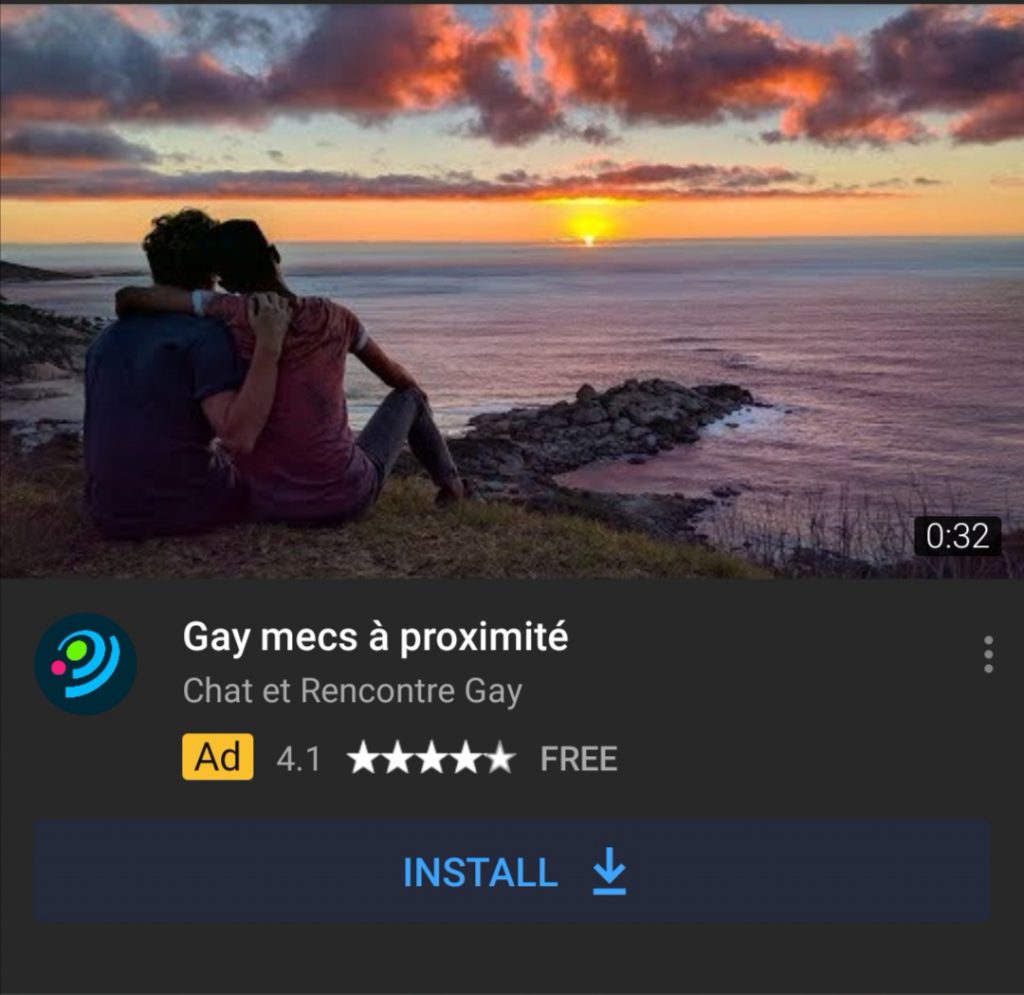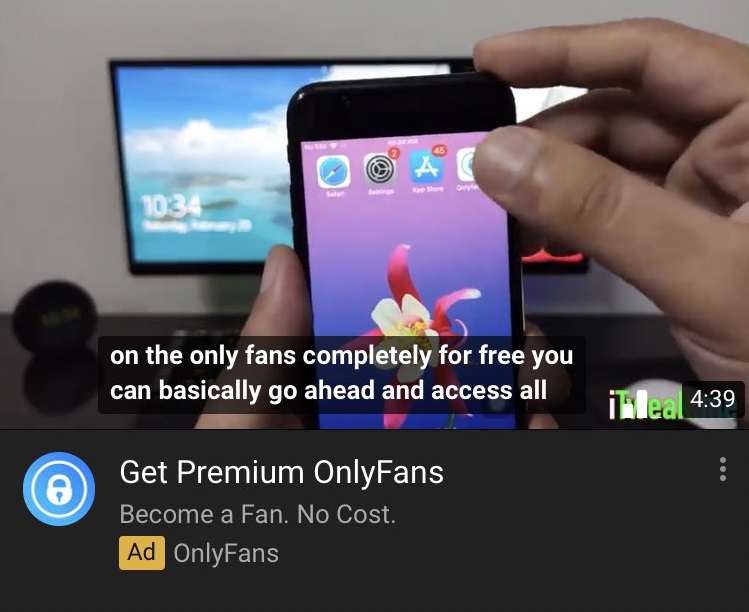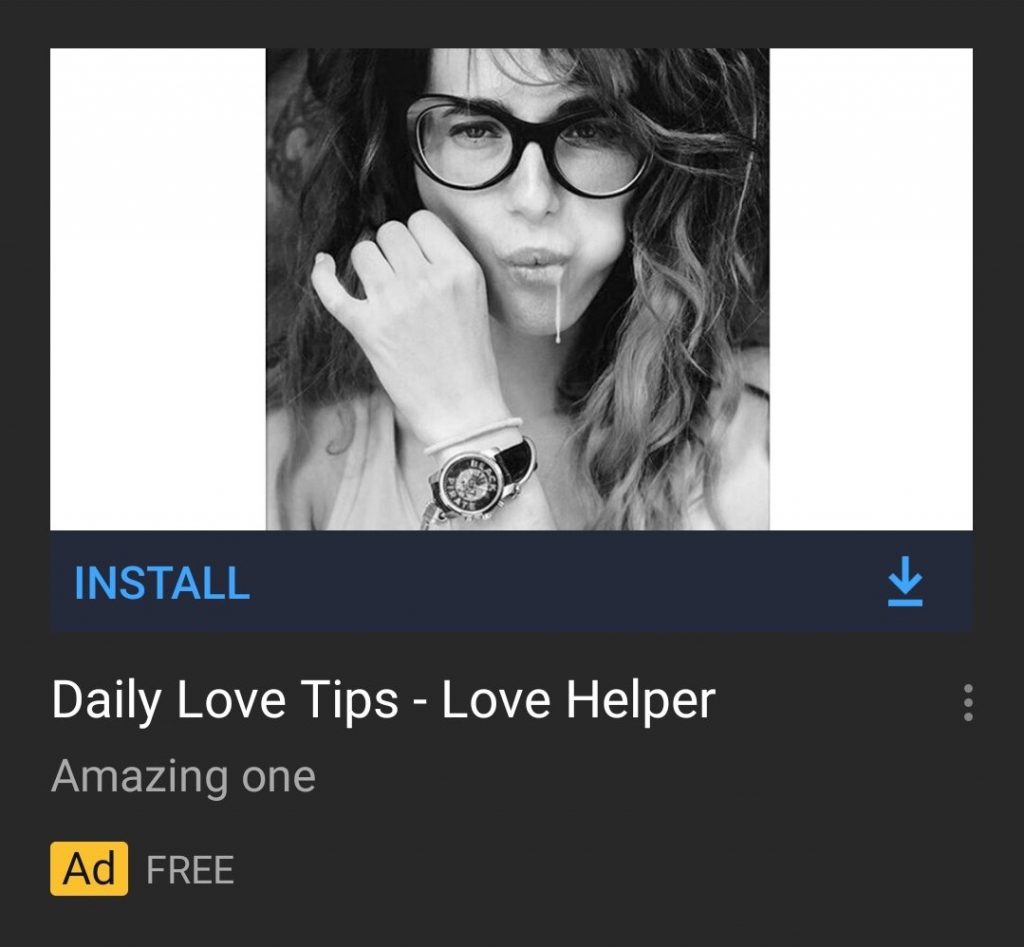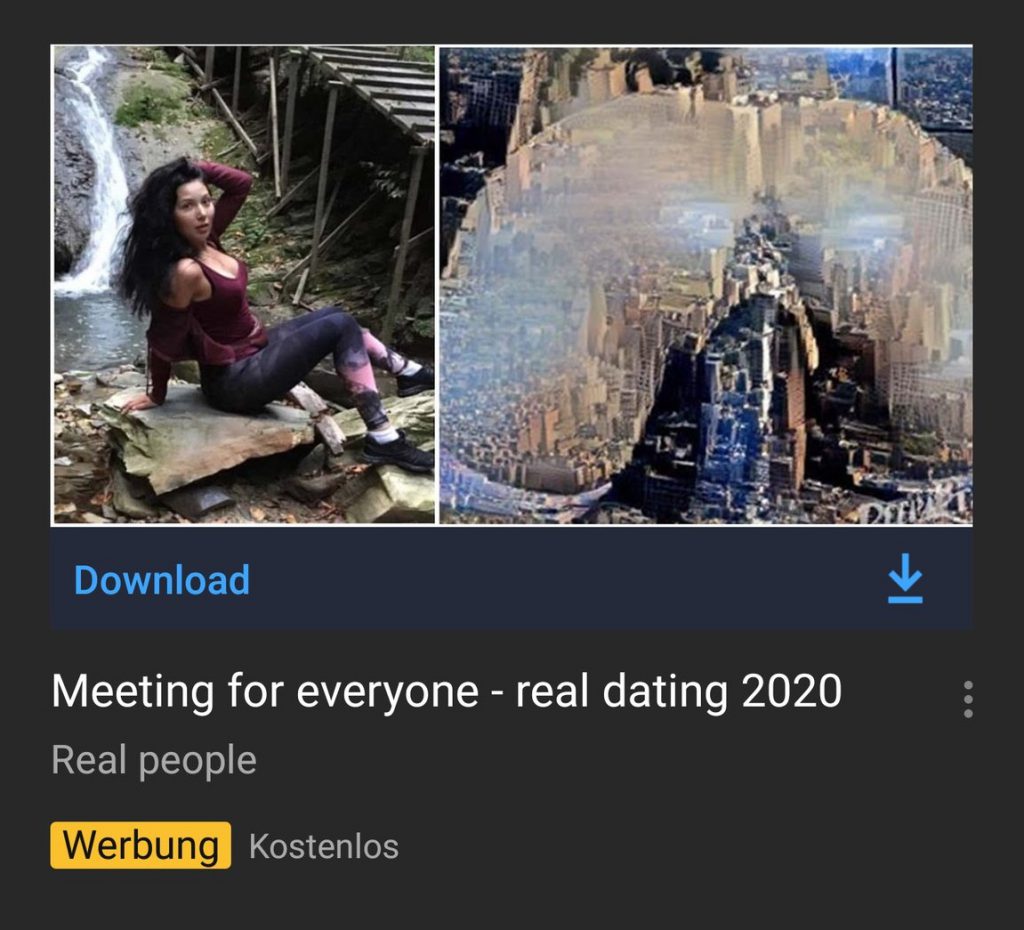
Over the past few months, YouTube has been serving users oversexualized and in some cases porn advertisements, raising questions about the platform’s policies.
Artículo disponible en Español | Article disponible en Français
These days, it appears YouTube is unable to stay out of trouble, with, on one hand, creators voicing their unhappiness with the policies of the platform, and on the other hand, users voicing their dissatisfaction with some of the content shared on the website and some of the policies put in place by the company. To name a few, YouTube is constantly under fire due to their treatment of their creators, shunning those who made their platform worthwhile while catering to TV stars and advertiser-friendly content creators, even if, in many cases, these advertiser-friendly content creators are themselves embroiled in a number of scandals, such as copyright abuse or promoting or selling scams. Other, more subtle changes, have also led to the burn-out of dozens of creators, due to these feeling, or, more appropriately, being forced to please their “overlord”, the algorithm, with its constant, unpredictable changes, such as the requirement to upload very frequently to be recommend, up to daily in some cases, the preference for longer videos with high engagement rates and how easy it is to digest the content. In other words, the platform is quietly using its creators to increase the amount of time users spend on the platform and their engagement rate, although these policies have led to a homogenisation of the content, to such an extent that most major channels in some categories, such as entertainment, pump out nearly identical videos on a regular basis… similar to as how things were, and still are, on television.
Of course, the end goal of YouTube and its owner, Google, is to make as much money as possible, to both cover the astronomical running costs of the service and please their shareholders. Most of YouTube’s revenue comes from displaying advertisements to their users, either embedded directly on the videos and with creators (usually) earning a certain percentage, or with advertisements on the welcome page. These advertisements are usually highly targeted, due to the amount of data Google holds on most of their users, with, of course, the more ads a user clicks on, the more valuable said user becomes, and the more the platform will be able to make, by showing their advertisers and partners that advertising with them is worth the investment.
However, advertisements vary depending on the period of the year, with the end of the year usually being the most valuable time, due to the Christmas celebrations and other events, which match the period of the year where customers spend the most money. This explains why, from time to time, users might be shown uninteresting or low-quality, poor-effort advertisements, with Google not having anything better to show. The same can be said about exceptional periods such as during the current global coronavirus pandemic, with advertisers having cut back on their spending and thus deprived the company from part of their revenue, at least while the pandemic lasts, as customers do not have the possibility or financial means to do any unnecessary purchases.
Sadly, and despite the current situation and the lack of advertisers, this doesn’t justify some of the advertisements Google has been serving users, especially taking in account that these are not new, with some dating as far back as early December 2019. An alternative explanation could be that the platform has now moved to serving questionable ads, knowing well their audience, however, in most of these cases, it appears to be a “hit or miss” game, with most of these advertisements not only being false, but also irrelevant to the absolute majority of people. If we now move on to more precise examples and starting with the lightest advertisement, Google is now promoting gay dating applications, which, by themselves, are not an issue, with the issue here being that they are being served to the wrong demographic, with the person having seen this advertisement not being gay:

Moving on to some more suggestive advertisements, but not yet crossing into the porn realm, we’ve seen a number of ads for video chatting applications, all displaying women in suggestive poses. In some cases, we even wonder whether the advertiser hasn’t just copied the picture from some camming website, due to the format. We also have advertisements with no clear indications of what they advertise, or even ads for “OnlyFans”, a website mostly used to share (through a subscription, of course), nudes and other sexual content. Once again, we do not have an issue with this, with the point being: should this be on a public platform such as YouTube, regardless of whether they know their demographic?
And lastly, for the porn advertisements, these are all pictures likely taken from websites such as Pornhub, and that have been retouched in a way that Google’s bots don’t notice this is actual porn. However, we would think that a company such as Google has both the manpower and money to manually verify every single advertisement they publish on their network, but, apparently, they’ve decided to automatize this, potentially letting dozens of questionable ads into the wild:
While we haven’t checked which apps these ads promote, we are 99% certain that they are some kind of dating applications, where most users are fake anyway and that, to interact with other supposed “interested” users, one has to pay a premium subscription, which, ultimately, is a scam.
Ultimately, the main issue here is Google’s double-sided policies: on one hand, the platform allows these kind of advertisements on their network, but on the other hand, creators are demonetized for the pettiest reasons, such as using one word the algorithm dislikes, or wearing clothing some YouTube employee dislikes…. It wouldn’t be an issue if these advertisements were shown alongside creators the platform has deemed as not “advertiser-friendly” or problematic, or videos falling in this category, but it appears Google is hellbent on censoring and destroying their platform, choking to death some of their most interesting creators while promoting absolute trash creators and displaying some of the weirdest and dumbest advertisements we’ve ever seen.
Then again, Google’s end goal has always been money and not the users’ happiness and the creators’ wellbeing, with all of us just being a number, classified in terms of how much value we have to them.











